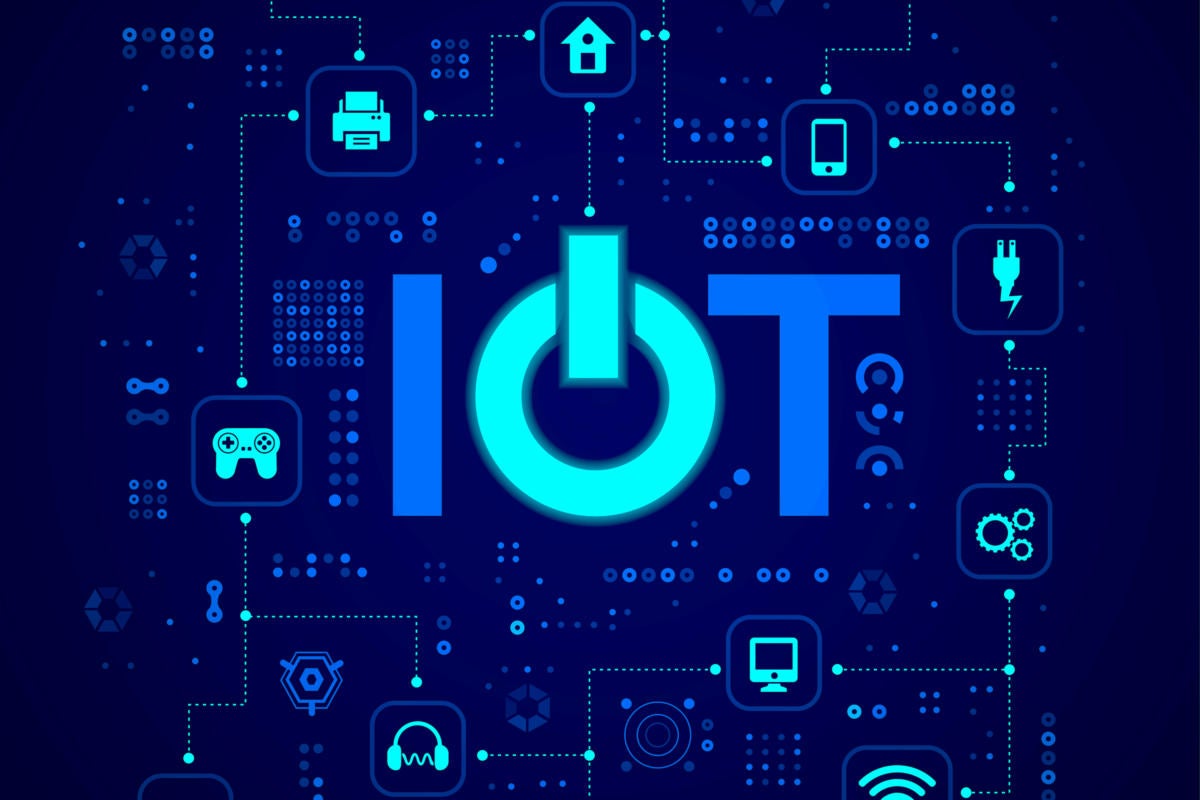The term “Internet of Things” can be used to describe a huge range of different technologies, from sensors to gateways to back-end systems that organize data and keep machine-to-machine networks secure. Lots of attention is rightly paid to the way IoT systems gather data and how it moves from place to place. However, for some parts of the IoT, the issue of how to keep sensors powered may be just as important.
Particularly in the case of IoT systems that feature small sensors and sensors that might be far away from each other or from the rest of the system, energy usage is a critical concern, because traditional wired power may simply not be an option.
Agriculture, utilities, and transportation are among verticals where widely spaced, low-power deployment is important. Scientists studying a volcano might not be able to run a power cable all the way from the closest part of the grid to their vibration sensors. Soil moisture testers in a farmer’s field could face the same problem, and so on.
There are, however, other options, and choosing the best solution has everything to do with understanding what the desired business outcome and how to attain it with peak efficiency, according to Gartner vice president and analyst Al Velosa.
“The fundamental question is ‘hat’s it cost to deploy the infrastructure?’” he said. “If you’re managing a couple thousand miles’ worth of assets…the bigger cost is sending a truck to that asset than anything else.”






